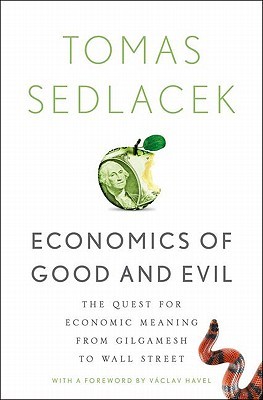During the 20th century Bell Labs was the greatest incubator of innovation. It transformed all aspects of our modern life—the transistor, the integrated circuit, the communications satellite, the cell phone were born here. Why did so many breakthrough inventions come from Bell Labs? The book The Idea Factory: Bell Labs and the Great Age of American Innovation by Jon Gertner explores the century of Bell Labs in great details.
I find three interwoven elements of Bell Labs story particularly interesting—People, Collaboration, and Economics.
People. The core of Bell Labs is a small group of brilliant men, like Mervin Kelly, Bill Shockley, and Bill Baker, although at its peak Bell Labs employed more than a thousand of PhD. One of the principal criteria for employee selection was enthusiasm—most of the core group was small-town boys, childhood hobbyists, oddballs, doing strange things. This selection and nurturing approach trickled down, “Hire for Attitude, Train for Skill”. Bell Labs employees had a special for playing with stuff and tweaking things—Claude Shannon is a great example here. The book tells an anecdote of Bell Labs’ survey on productivity of its employees. It turned out that a single best predictor for a productive employee was … having lunches with Harry Nyquist. He was known for his talent of asking good questions, a key for innovation and collaboration.
All Bell Labs inventions required Collaboration between very different specialists. Invention of the transistor required collaboration of physicists, who had some idea what they would like to get, and metallurgists, who knew how to do different tricks with metals. Bell Labs intentionally nurtured the culture of collaboration in very different aspects—from broad search for specialists who are doing interesting things to creating physical space for mixing and talking (the approach later used by Pixar as vividly described in Creativity, Inc.: Overcoming the Unseen Forces That Stand in the Way of True Inspiration by Ed Catmull, Amy Wallace). Bell Labs encouraged risk-taking and was quite tolerant to what would be called inefficiencies by modern managers—pursuing personal projects without immediate and obvious monetization. The reason is understanding of the profound distinction between two types of innovations—racing for obvious and the leap into the unknown. Sometimes ideas are “in the air” and you have to run fast to be first or someone else will do it—the transistor is a good example here. However, sometimes transformation requires a much larger leap, in a less anticipated direction, into the unknown—Shannon’s information theory and communication satellite are two good examples.
How Bell Labs managed to maintain its operations over decades? The right Economics is an answer. First and foremost Bell Labs did not strive for “efficiency” and “profit.” It was cross-subsidized from other profitable businesses of AT&T, and this cross-subsidization was explicitly recognized. AT&T was an official natural monopoly, which allowed it to maintain vertically integrated operations and finance extensive innovation activities . (The price was limitations of company activity to the communication sector only.) In a sense, it resemble a paradox of USSR and USA Internet (as described in great details in How Not to Network a Nation: The Uneasy History of the Soviet Internet by Benjamin Peters)—capitalist USA acted in more socialist manner and got better results. Second, AT&T recognized the power of specialization and vertical integration. Bell Labs was an incubator of innovations. The Western Electric Company, another subsidiary of AT&T, served as the primary equipment manufacturer and was doing technical and manufacturing innovations. This allowed AT&T to have a whole control on innovation—from the idea and prototypes (done by Bell Labs) to scaling it into a marketable, mass producible product (done by The Western Electric Company)—“cheaper or better or both.” This is in sharp contrast with other innovation labs, like Xerox PARC (story told in Dealers of Lightning: Xerox PARC and the Dawn of the Computer Age by Michael A. Hiltzik), which did not manage to go from idea and prototyping to mass production and therefore transformative change. This doesn’t mean all Bell Labs products were successful. For instance, Picturephone was technologically advanced, but too unfamiliar and did not fly.
Overall this is a great book for everyone interested in history, technologies, and innovations.
P.S. This book came to me as a part of a reading list on innovations, although I am not completely sure which one. It could be a reading list from my Leadership Development Program, or from Seth Godin.







